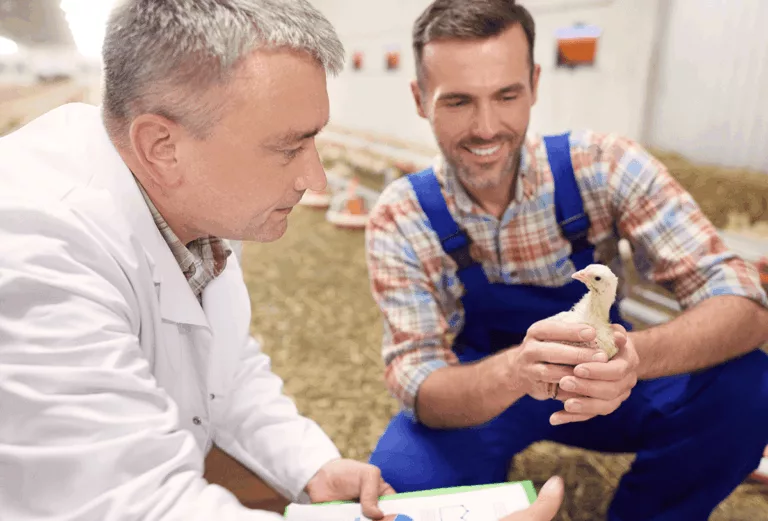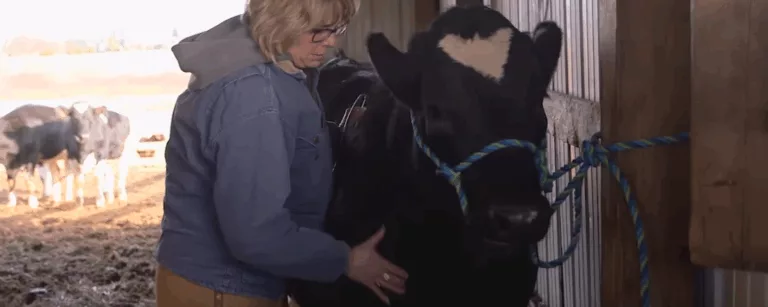
How are antibiotics in agriculture being used in 2017?
November 13, 2017
The use of antibiotics in animal agriculture is an important factor in providing the safe, affordable food we need and want. At the same time, antibiotic resistance is a complex and serious issue. That’s why farmers, veterinarians and regulators, principally the Food and Drug Administration, collaborated to address antibiotic resistance, changing the way animal agriculture operates today.


